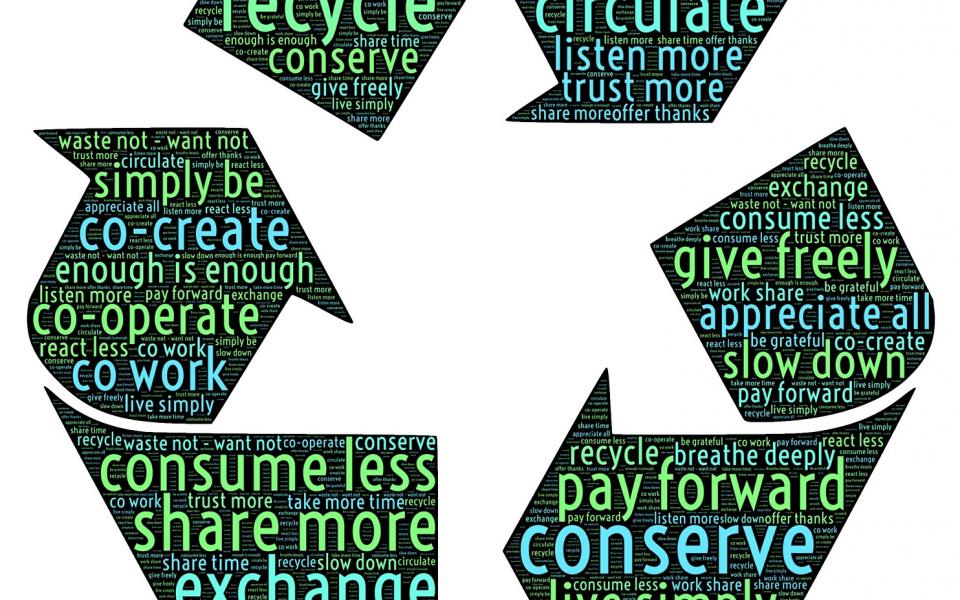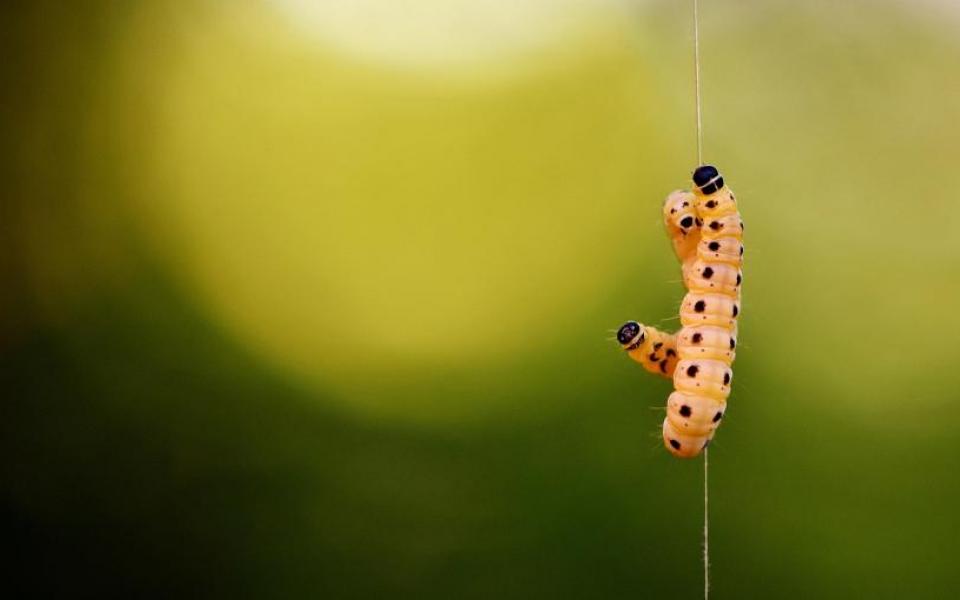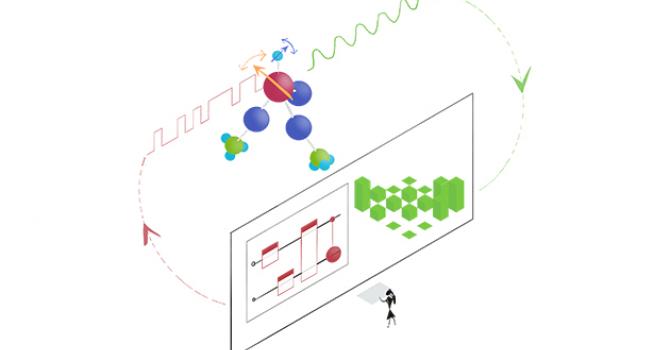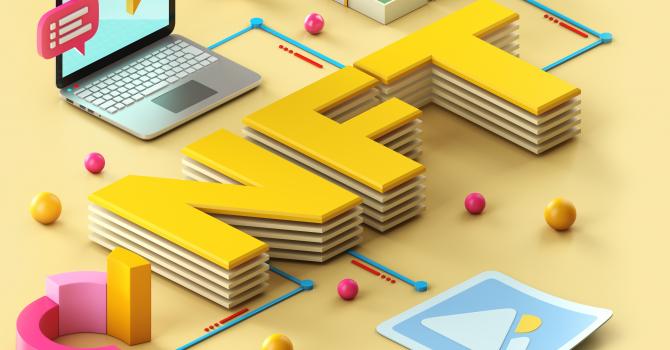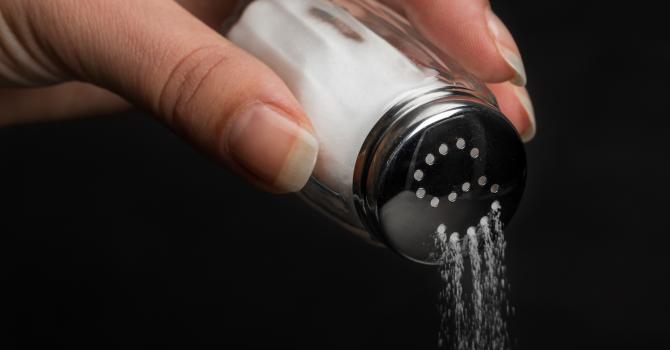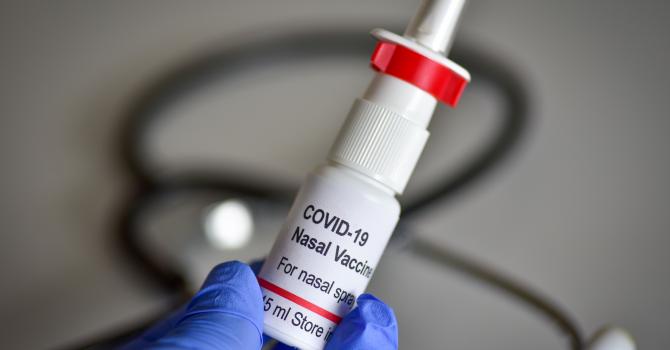Plastic-eliminating Insects and Bacteria
Wax worms eat plastic. Are they going to save us from plastic pollution? Dr. Melody Leung, Division of Life Science, shares about good alternatives for eliminating plastic wastes.
By Dr. Melody Leung, Division of Life Science, HKUST
As its name suggests, the larvae of the greater wax moth (Galleria mellonella) have a dietary preference for bee hive wax and are the natural enemy of bees. In 2015, Dr. Federica Bertocchini from the University of Cantabria in Spain was spring cleaning her garden when she came across some greater wax moth larvae inside a bee hive. She placed the larvae in an old plastic bag, set the bag aside in a storage room, and paid no heed to it. However, when she happened to check the bag again, she realised that the larvae had bitten through the bag and escaped. This prompted Dr. Bertocchini and other scientists to start studying this subject. First, they needed to know the reason for the larvae biting through the plastic bag. Was it solely for the purpose of escape or was the bag being consumed as food? The scientists decided to squash some larvae and place the insect paste inside a plastic bag. It did not take long before the paste dissolved a hole in the bag, proving that the larvae contained digestive enzymes capable of degrading the plastic bag. That would seem like the perfect solution to the global issue of plastic pollution! However, what would be the actual amount of larvae needed to effectively solve the problem? The scientists found that 100 greater wax moth larvae were able to consume 92mg of plastic bags in 12 hours. This meant that 100 larvae would probably need one month to completely eliminate a medium-sized plastic bag. Statistics compiled by the Environmental Protection Department indicated that Hongkongers discarded an average of 1.7 plastic bags per person per day. Using a family of four as the basis for calculation, the quantity of plastic bags discarded in one day could only be completely eliminated if 700 larvae were used to consume the bags non-stop for over a month.
Subsequently, a research team at Beihang University (formerly known as Beijing University of Aeronautics and Astronautics) in China discovered that the larva itself did not have the ability to digest plastic. Rather, it was the bacteria in its intestinal tract that performed this special function. Next, the team used mealworms (larvae of the mealworm beetle Tenebrio molitor) for experiments. They found that the larvae survived for a month by consuming nothing but styrofoam, with health conditions being as good as other larvae placed on a diet of cereals. However, larvae fed with antibiotics before the experiment lost their styrofoam-digesting ability. The team was able to isolate the bacteria Exiguobacterium sp. strain YT2 from the mealworms’ intestinal tract and concluded that it was this bacteria that digested styrofoam. The research team believed that the greater wax moth larvae similarly relied on intestinal bacteria to digest plastic bags. Separately, Science Magazine reported in 2016 that scientists at Japan’s Kyoto Institute of Technology had identified bacteria that could degrade plastic bottles.
Compared with breeding insects, it is easier and more economical to cultivate bacteria. Scientists are actively studying the use of biotechnology to improve the bacteria’s ability to process plastics and broaden the range of their application. However, there are strict regulations over the public use of genetically modified organisms. An alternative is to extract the bacteria’s digestive enzymes to prepare a solution for treating plastic wastes. Another issue for consideration is the symbiotic relationship between these bacteria and the insects. The purpose of plastic degradation is to release nutrients and energy for the insects’ use. Insects are components of nature’s food chain: besides consuming wastes, they are also food for their predators. That is the way nature’s enormous cycle operates. If insects were to be removed from this equation, the use of digestive enzymes for plastic degradation will simply become a consumption process. This may not be beneficial to humankind in the long run.
Other than bacteria, mushrooms are good alternatives for eliminating plastic wastes. In 2012, researchers at the Yale University in the United States discovered mushrooms that could decompose old car tyres. They subsequently identified other mushrooms of a similar function. This led to the generation of many creative designs. An example was a device using plastic wastes to cultivate edible mushrooms, which was designed by scientists at the Utrecht University in Netherlands. Although it will still take a while before such products become commercially available, the idea of converting wastes into food is certainly an interesting research direction. This is also one of the ways in which plastic resources can be effectively used.

